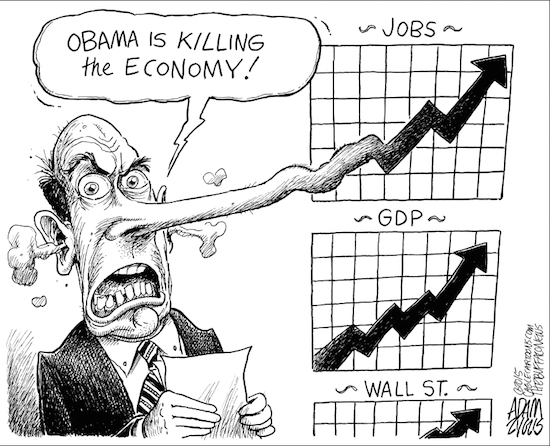OPINION: Figures show that Trump inherits robust economy

Americans heard no shortage of grim economic predictions during the 2016 presidential campaign. But the latest report from the U.S. Department of Labor tells a different story.
On Thursday, the Labor Department reported that 234,000 Americans sought jobless aid in the week ending Jan. 14th. The average claims for the four-week period ending on the 14th — which economists view as a less volatile measure — was 246,750.
Jobless claims serve as an index for layoffs in the economy, and these numbers are the lowest of their kind in over 40 years. Better yet, economists expect hiring to stay strong in 2017.

Brooklyn Boro
View MoreNew York City’s most populous borough, Brooklyn, is home to nearly 2.6 million residents. If Brooklyn were an independent city it would be the fourth largest city in the United States. While Brooklyn has become the epitome of ‘cool and hip’ in recent years, for those that were born here, raised families here and improved communities over the years, Brooklyn has never been ‘uncool’.